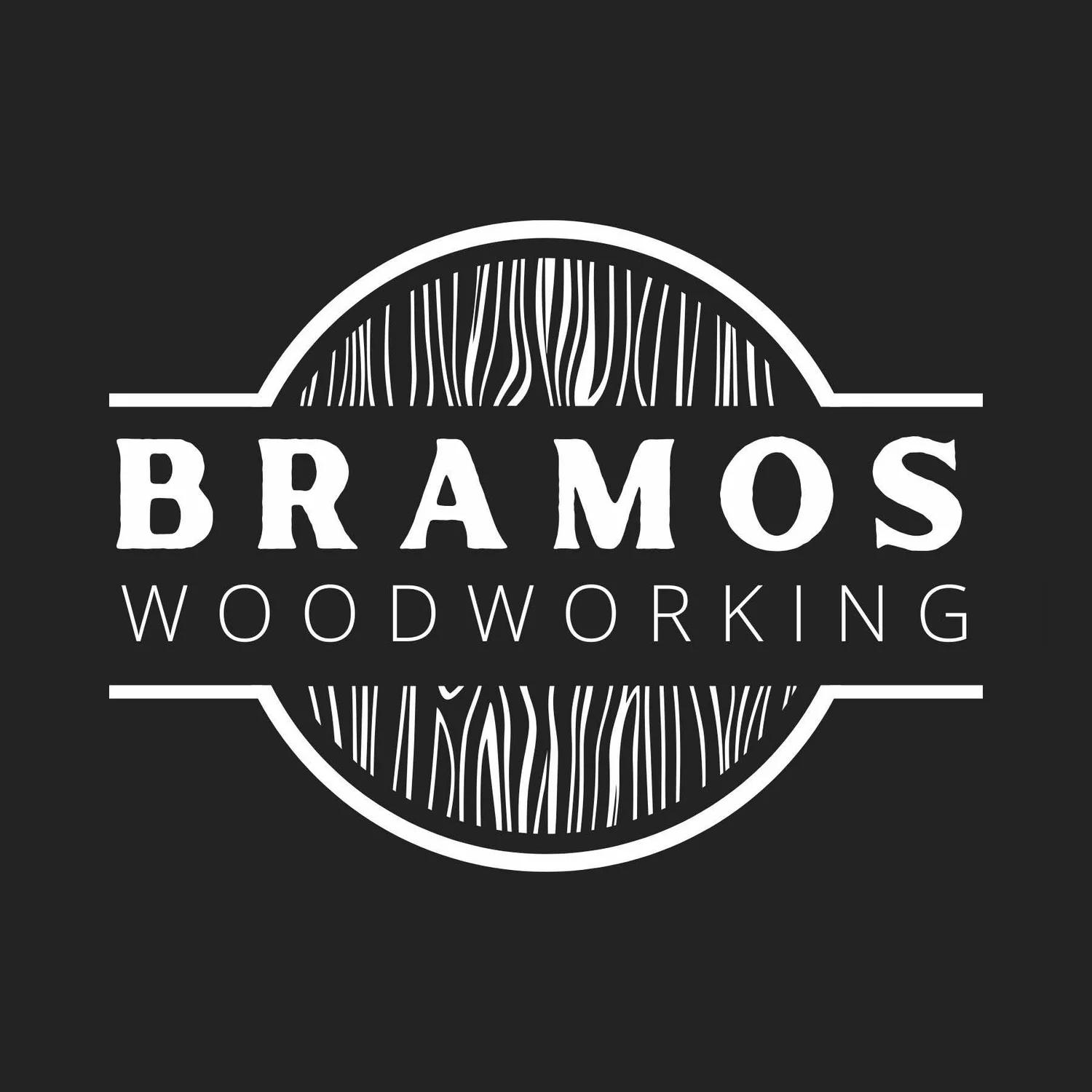It Costs How Much?!?!?!
We are meandering our way to the season of craft sales and farmer’s markets. This is the time of year when those of us who work away quietly in every community across the country put our deepest fears aside and display the crafts and artistry, we have worked so hard to perfect, on display for you to see.
There are very few people in his country who make a living purely selling crafts or artwork so let’s just establish that this article is not about anyone expecting to make any more than a few dollars. That said, there is a need for those wandering about a craft sale to know that the few dollars they are being asked to shell out for that bowl or blanket or pottery mug or sand sculpture has a complicated tale to tell.
Let’s face it, pretty much anything you see at your local craft show can also be found on Amazon or at your favorite big box store. The items they sell have been created overseas in an industrial facility where they can produce thousands in a day. The item in front of you has been created in YOUR community, likely by the person standing in front of you smiling and hoping beyond hope that you will appreciate their efforts.
I’m a woodturner so I will use that as the example to illustrate my point. I have every expectation that the example crosses all mediums and crafts.
So, you’re standing at the table and have picked up that Maplewood bowl, feeling the smooth texture and admiring the chatoyance that seems to make the bowl glow from within. You’re chatting with the crafter and exchanging ideas about its use and where in your house it would look perfect, or asking questions about the process for creating such a beautiful item.
You flip the bowl over and there you see a price tag stating it can be yours for a mere $80. Your mouth gapes open as the following thoughts streak through your head….
This piece of wood couldn’t have cost more than $10 to make.
He probably didn’t take more than an hour or two to make it….I don’t know anyone who works for $40 an hour.
I know I can get it cheaper at (fill in some store or on-line shopping platform).
For that price I would hope it would be bigger.
So, you place the bowl carefully on the table and as quickly as possible make your way to the organic hotdog stand for your $25 lunch.
What is missing in the logic that flows through our heads as we assess the value of a handmade craft is what we are actually paying for in that $80 price tag. The hidden costs that crafters, many of whom operate alone as small businesses, can never be truly recovered, but each item we offer for sale comes weighted down with those costs.
Yes, you are paying for the cost of the piece of wood, wool, fabric, clay, metal, stones etc. We need to buy those things in order to create the art we hope you will buy.
But you are also paying for….
· The capital cost of investing in lathes, saws, looms, furnaces, tools, furnishings and the endless replacement of worn out or broken essentials.
· The operating cost of power, heat, fuel, shop supplies.
· The cost of the table you are standing in front of and all the other tables that have been rented at sales and fairs across the region.
· The time it has taken to physically make the item you are holding in your hand. Maybe it was a simple job that went well, and it took a couple of hours to make and finish. But maybe, just maybe, it was a project that took weeks of thought and planning, dozens of steps in the process and hours of effort to ensure the perfection that every crafter and artist seeks.
· The months, years, decades of experience that goes into the endless process of perfecting a craft.
· The mistakes and trial and error that is an inevitable part of the process of learning and building expertise.
And you’re paying for the passion, the hours of practise, study, lessons, classes, research, more practise that went into every one of the dozens, hundreds, thousands of pieces that came before the one you hold in your hands.
Finally, when you buy that quilt or platter or driftwood art or ceramic key dish you are leaving money in your community where it does far more good than the alternative. That money buys gas at the local station, a meal at the local watering hole, bread at the neighbourhood bakery (or from the table at the same craft sale you’re at) or pays for the next tool, bolt of cloth or block of wood that will become another work of craft art.
So, stop for a moment and ask whether the price you’ll pay for that piece is really too much. With a moment’s reflection maybe, just maybe, your money would be better spent at this table than at your big box store or Amazon. AND you will have the pride of ownership, not mention bragging rights, of a beautiful piece of craft art that you will cherish for years to come.
